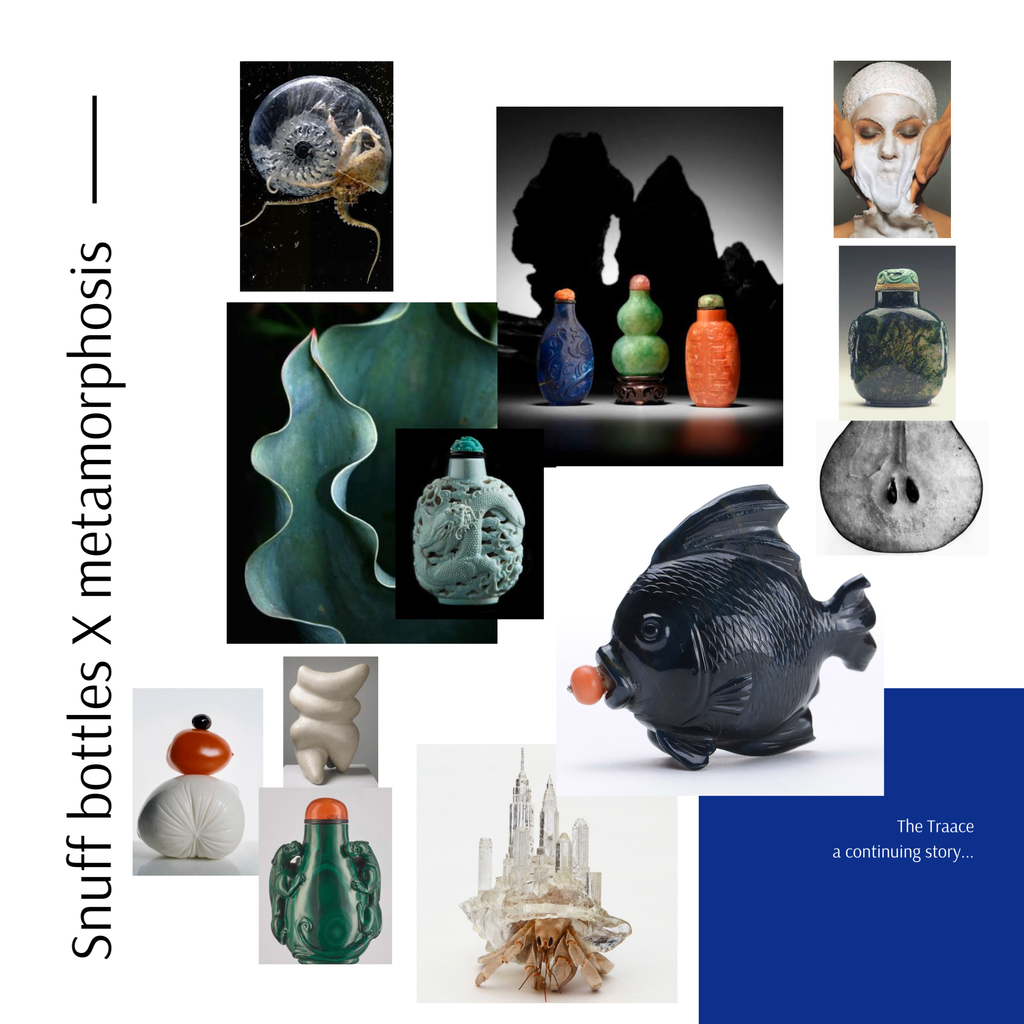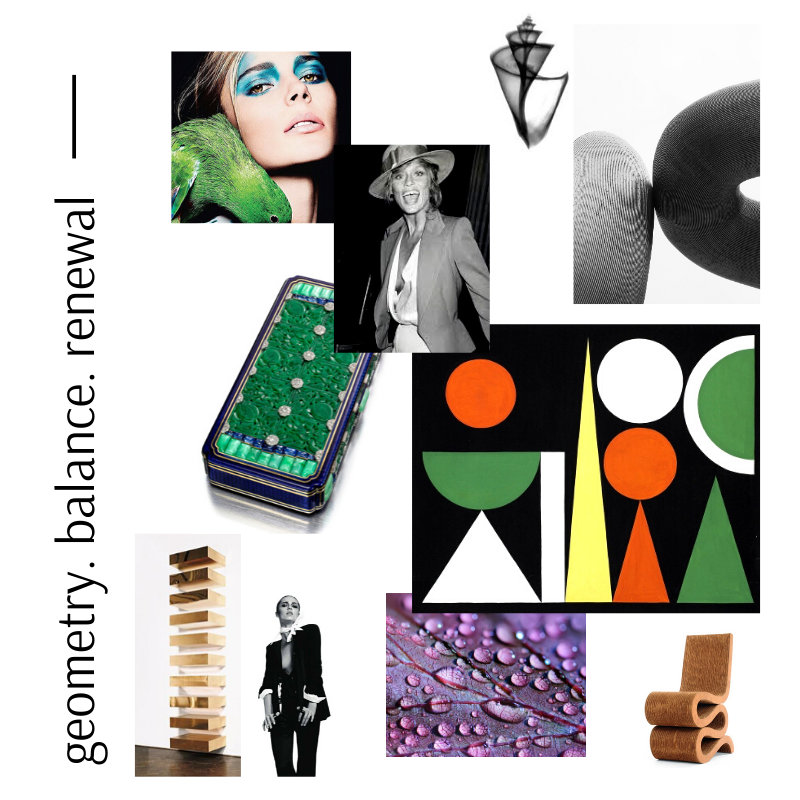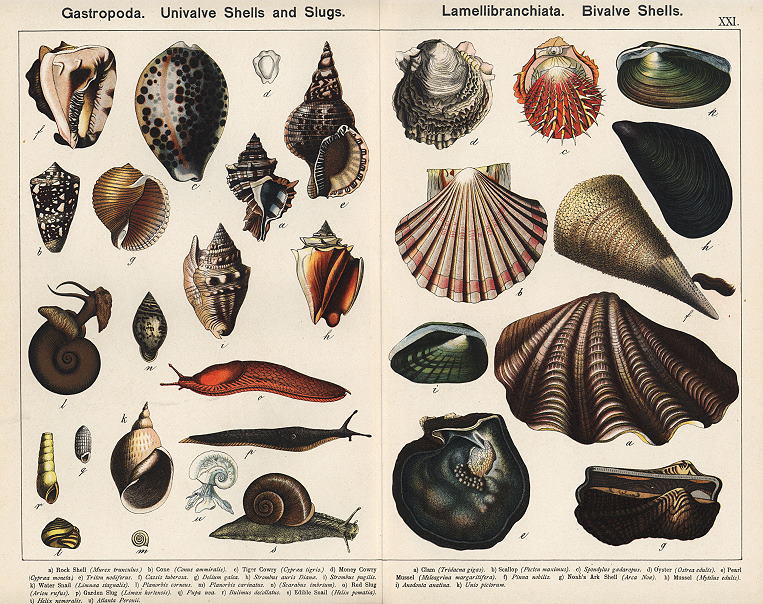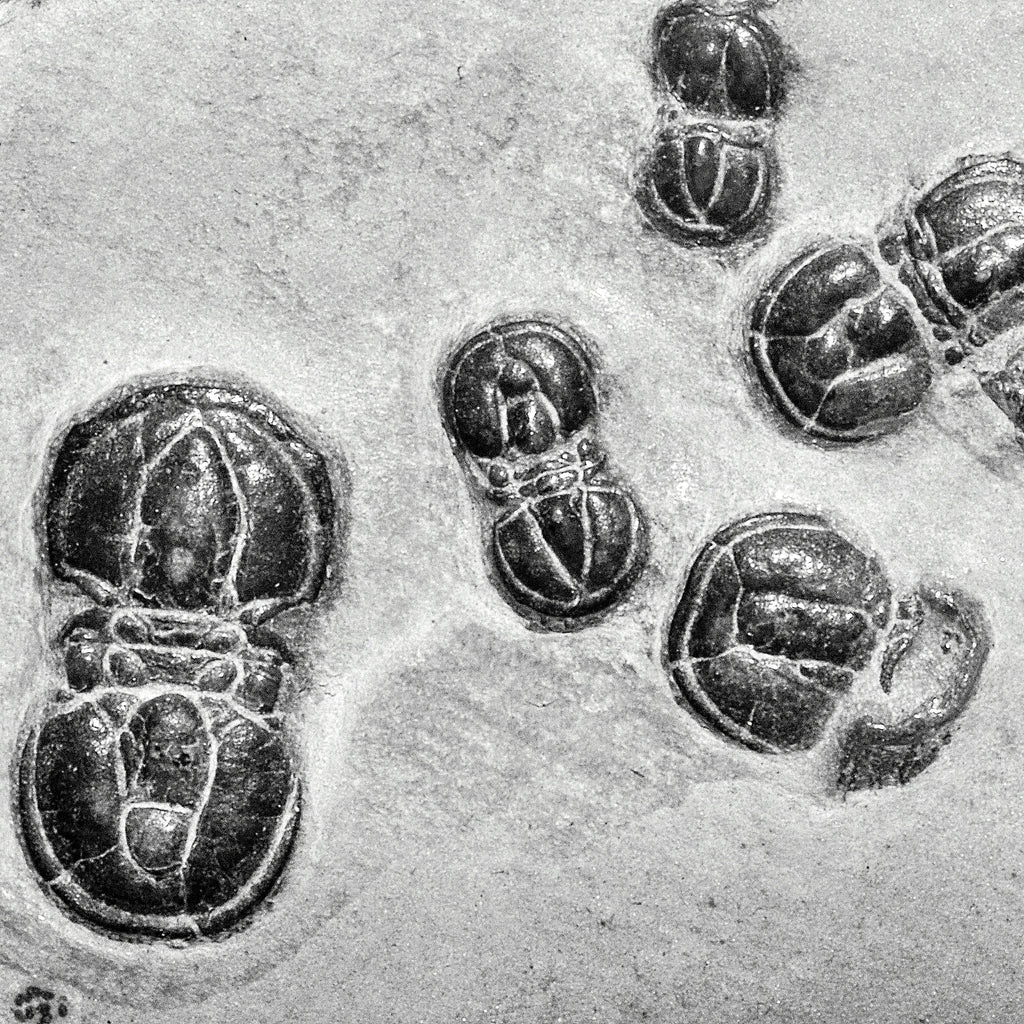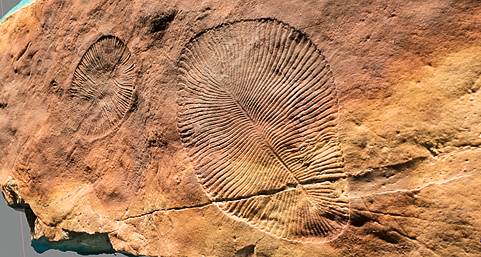We continue to follow the paths of the quirky, curious yet organically beautiful forms that sit precariously at the edge of transforming into something else, something other....
Stay tuned for our 2020-21 collection.....
Read more
Class Gastropoda Terebridae Snails Auger or Terebridae are marine gastropods which form part of a spectacular group of coloured shell molluscs. Gastropods are one of the largest groups of invertebrate animals and are extraordinarily diverse in form (size, body and shell morphology) and occupy a wide ecological niche. There are currently around 62,000 described species, but the total species range is somewhere in the order of 150,000. They have a long and rich fossil record stretching back to the Earl Cambrian with intermittent extinctions and the appearance of new groups. Auger or turret snails are distinguished by...
Read more
CLASS TRILOBITA TRILOBITE FOSSILS Triliobites are a varied group of marine arthropods which first appear in the early Cambrian period (540-490 million years ago) and went extinct in the Permian mass extinction. My first up close encounter with the vast array of trilobites was over two decades ago at the American Natural History Museum in New York City. I was astonished by the huge variety of a group of successful marine arthropods that went extinct. This moment triggered my veracious appetite for the brilliant writings of two important palaeontologists, the late Stephen Jay Gould and Niles Eldredge. Eldredge has...
Read more
There are many physically missing examples of known fossils. One of the most fascinating fossils I have come across is Dickinsonia - which is not to be confused with the genus Dicksonia which covers a range of tree ferns. Some of the first specimens of Dickinsonia were found in South Australia by Reg Sprigg. The name Dickinsonia is named after Ben Dickinson, who was then the Director of mines for South Australia. Dickinsonia are fossils of the ediacara biota from the Ediacaran period 635-543 million years ago - before the Cambrian period. They are unknown life forms which...
Read more
Check out the story:
http://www.reuters.com/article/2015/02/18/us-spidersilk-limpetteeth-idUSKBN0LM00520150218
Recent research reveals that these gorgeous little 'suckers' are super strong - stronger than spun spiders silk. Given the immense power of ocean waters and all that slippery algae, I would cling to rocks and boats with all my life too! Ah! nature's developmental adaptations...
Read more

